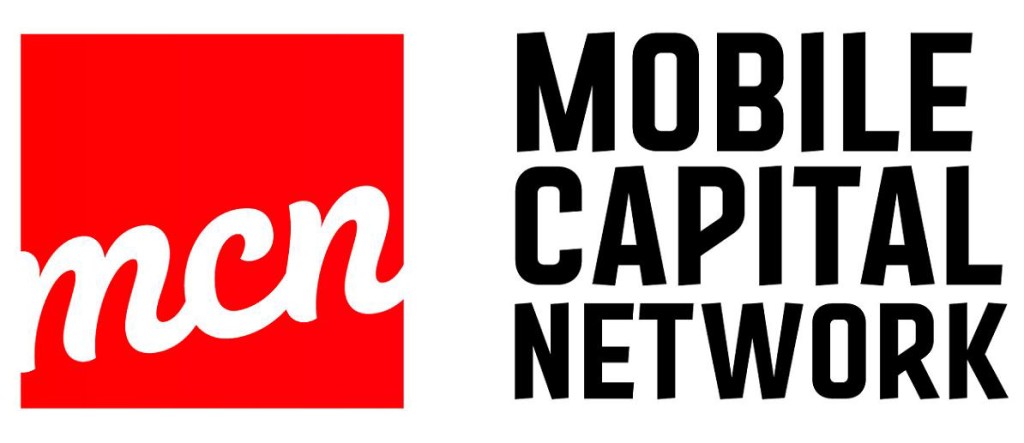It has been a week since our last post. During this week the government announced a number of new economic measures aimed at softening the economic impact of COVID-19. Bill C-13 which contains measures discussed in our prior post was passed by the parliament on March 25.
Here are our thoughts, observations and clarifications. This is by no measure a complete summary as we only focusing on programs about which received most questions.
75% Wage Subsidy
This measure officially known as The Canada Emergency Wage Subsidy has generated lots of excitement.
The details of the program were announced on April 1. Here is a quick summary:
- The subsidy applies a rate of 75% of the first $58,700 normally earned by employees. This amounts to up to a maximum of $847 per week.
- The program will be in place for a 12-week period, from March 15 to June 6, 2020.
- To qualify a company should suffer a drop in gross revenues of at least 30% in March, April or May when compared to the same period of last year.
- The amount will be based entirely on the salary or wages actually paid to employees.
- Applications will be made through a CRA online portal which hasn’t yet been set up.
While this subsidy will help some businesses, there are a number of issues with the eligibility criteria. The 30% drop in revenue requirement makes start-ups, growth-stage companies and pre-revenue R&D companies ineligible. It appears that the government is aware of the disconnect and the eligibility criteria might be amended. Stay tuned.
10% Wage Subsidy – Update
Those who don’t qualify for the 75% subsidy might still qualify for the previously announced 10% subsidy on remuneration paid from March 18 to before June 20. We discussed this subsidy in our previous post. However, it’s important to note one additional qualification requirement which was quietly slipped into the legislation.
In addition to other qualification criteria, to qualify for the 10% subsidy the legislation requires a CCPC to have a business limit greater than nil in the prior fiscal period.
Note that the official Government of Canada webpage dedicated to this program is in disconnect with the legislation. According to the website (question 2), to qualify a CCPC should be eligible for the small business deduction. According to the legislation the CCPC must have been allocated a portion of the small business limit (SBL) in the prior fiscal year. Being eligible for SBL and being allocated SBL are not the same things.
Tax Deferral – Update
In addition to the income tax deferral discussed in our last post, the government is now allowing taxpayers to defer GST/HST payments until June 30, 2020.
Audits – Update
The CRA has announced suspending of audit activities, subject to undisclosed exceptions. This includes:
- no new audits being launched;
- no requests for information related to existing audits; and
- no audits should be finalized and no reassessments should be issued.
No timeline was provided with respect to when normal audit activities will resume.
Canada Emergency Business Account (CEBA)
This measure was announced on March 27.
The program will provide interest-free loans of up to $40,000 to eligible organizations. There are no minimum monthly principal payments required until December 31, 2022, but the funds may be repaid at any time by the borrower. $10,000 is eligible for forgiveness if the remaining $30,000 is paid in full by December 31st, 2022. If the loan is not repaid by that time, it will be converted into a three-year term loan with an interest rate of 5%.
To qualify a company must be an operating business registered in Canada, have 2019 annual payroll between $50,000 ad $1 million, have an active business operating account at a financial institution and this account must have been opened prior to March 1, 2020.
The program is scheduled to become available on April 6. Applications must be made through the financial institution holding the organization’s primary business account. Approved organizations will have access to a $40,000 line of credit which, according to the requirements of the program, must be used to pay for operating costs that cannot be deferred, such as payroll, rent, utilities, insurance, and property tax.
Business Credit Availability Program (BCAP)
There are finally some details on the previously announced BCAP. These are 36-month working capital loans of up to $2 million with flexible terms offered by BDC. During the first 12 months, principal payments are postponed for all qualifying businesses and for existing BDC clients. Within 24 months following the initial 12-month principal payment free period, the borrower must repay 40% of the loan. The remaining is 60% is structured as a balloon payment due at the end of the 36-month period.
BCAP cannot be used to refinance outstanding loans. The program requires a General Security Agreement and a Personal Guarantee by owners.
Note that start-ups are excluded from the program, and a number of other special-purpose companies are not eligible.
Application for financing can be requested from local BDC offices. There are a number of qualification requirements that are better discussed with your BDC officer. If you need an intro to BDC please contact us and we will be happy to help.
Small and Medium Enterprise Loan and Guarantee Program
This program is offered by BDC and EDC in partnership with Canadian chartered banks and other qualified financial institutions. With BDC, eligible businesses may obtain incremental credit amounts up to $6.25 million. BDC provides 80% and a financial institution provides the remaining 20%.
In addition, an eligible company may also qualify for another term loan of up to $6.25 million, 80% of which will be backed by the EDC guarantee. These loans will be offered by financial institutions and will have to be repaid within one year.
As follows, eligible companies may be able to access up to $12.5 million through these two streams. You can read the original BDC press release here.

